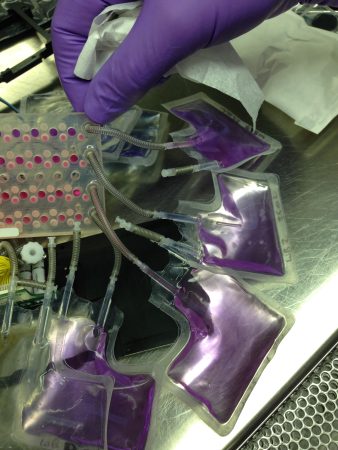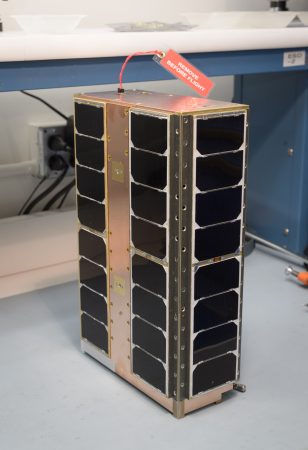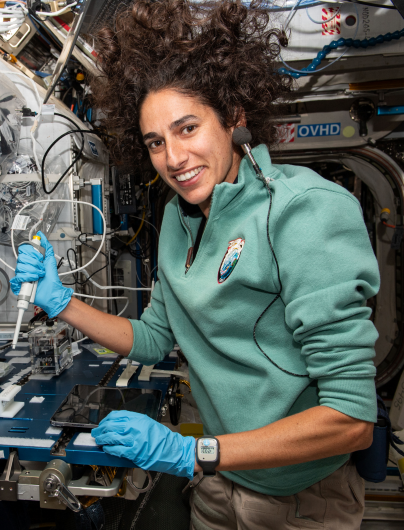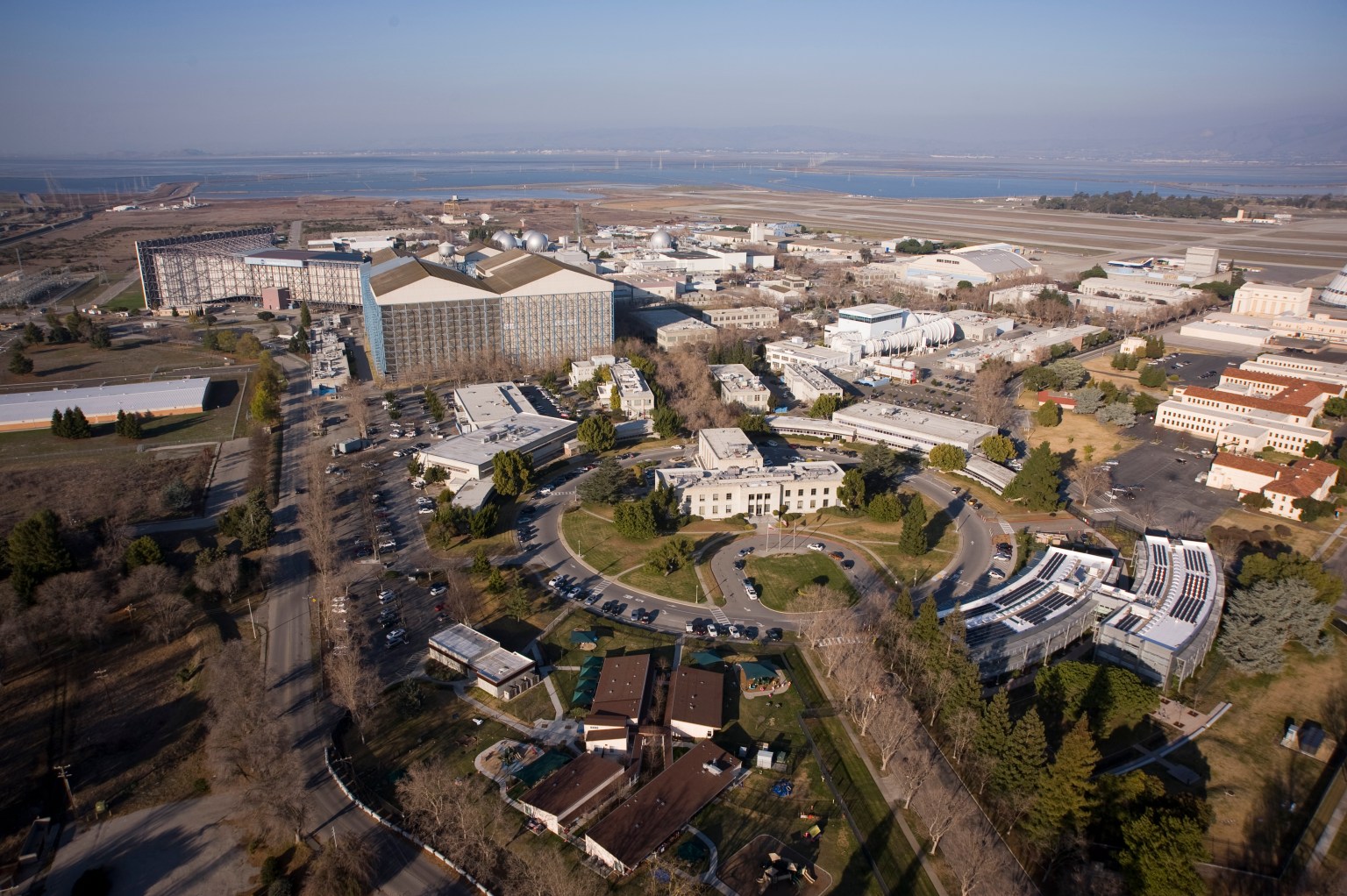Inside EcAMSat, NASA’s Orbiting Mini-Lab for Bacteria
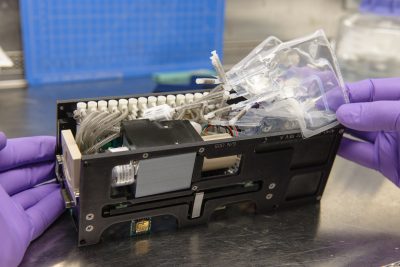
This experiment, called EcAMSat – the E. coli Anti-Microbial Satellite – is a small satellite containing a miniature biology lab, developed and constructed at NASA’s Ames Research Center, in California’s Silicon Valley. EcAMSat is taking E. coli into low-Earth orbit to conduct a science investigation aimed at improving astronaut health.
This science is made possible by EcAMSat’s robust design. The system as a whole is built upon a legacy of CubeSats spanning decades, featuring components originally designed for GeneSat and PharmaSat, previous Ames small satellites that flew in 2006 and 2009. The result is an economical device, capable of running its complex science experiment autonomously.
“EcAMSat is a mission of opportunity – we have successfully leveraged previous small satellite systems and given them new life,” said Stevan Spremo, chief engineer for the mission. “We know this leftover and spare hardware are excellent pieces of technology, and we’re enabling them to conduct essential science.”
The central piece of the satellite is the experimental module. Bags containing nutrients and storing waste are connected to a microfluidics card, where samples of E. coli are stored in 48 small holes, each no bigger than a pencil eraser. The card is made of 18 plastic layers and is sandwiched between two heaters that control the temperature of the E. coli to ensure the experiment will be stable to one degree centigrade, or 1.8 degrees Fahrenheit.
This entire module is just one part of the small, but complex satellite – no larger than a couple loaves of bread. The outside of the CubeSat is lined with solar panels to power the device, as well as magnets that allow the satellite to adjust its orientation using Earth’s magnetic field. Data are transmitted back to Earth using an antenna and radio the size of a credit card. Graduate students at Santa Clara University in California will download the data in their roles as mission operators.
The science EcAMSat makes possible could improve how we treat infections on long-duration spaceflights and fight bacteria on Earth – all made possible by a shoebox-sized spacecraft jettisoned from the International Space Station.
The EcAMSat mission is managed at NASA’s Ames Research Center, in collaboration with Stanford University, through the Space Biology Project Office, sponsored by the NASA Headquarters Space Life and Physical Sciences Research and Application Division in the agency’s Human Exploration and Operations Mission Directorate.
Author: Frank Tavares, NASA’s Ames Research Center
Media contacts: Darryl Waller, NASA’s Ames Research Center



























